
Graphics @ CRS
Welcome to the Graphics page for Critical Sociology. This is the space where the visual and our science meet. Stand-alone illustrations, graphic shorts, and full-length graphic articles will be featured as part of Critical Sociology‘s existing cutting-edge scholarship.

After the murder of George Floyd by police in Minneapolis, Minnesota, protests against police violence and the complicity of lawmakers erupted across the United States. Floyd’s murder happened during a global pandemic, and a tense election year for the post of President of the United States. “November 3, 2020,” is the forward casting of the potential outcome of the elections to come, given the response of President Trump to the pandemic and the death of Floyd. The names in the background of this drawing are all of the names that would fit on the canvas of Black and Brown men and women who have been murdered by police in the last six years. The significance of “Black Lives Matter” in yellow, up to the doors of the People’s House reflect the movement of people exercising their First Amendment rights to organize, to resist, and to raise their voices against fascism, White Supremacy, and the extensions of both into the “Law and Order” ideology so frequently voiced by President Donald J. Trump. The mayor of Washington, D.C. created “Black Lives Matter Plaza” during the protests, with yellow paint, right up to the gates of 1600 Pennsylvania Avenue.
Black Lives Matter!
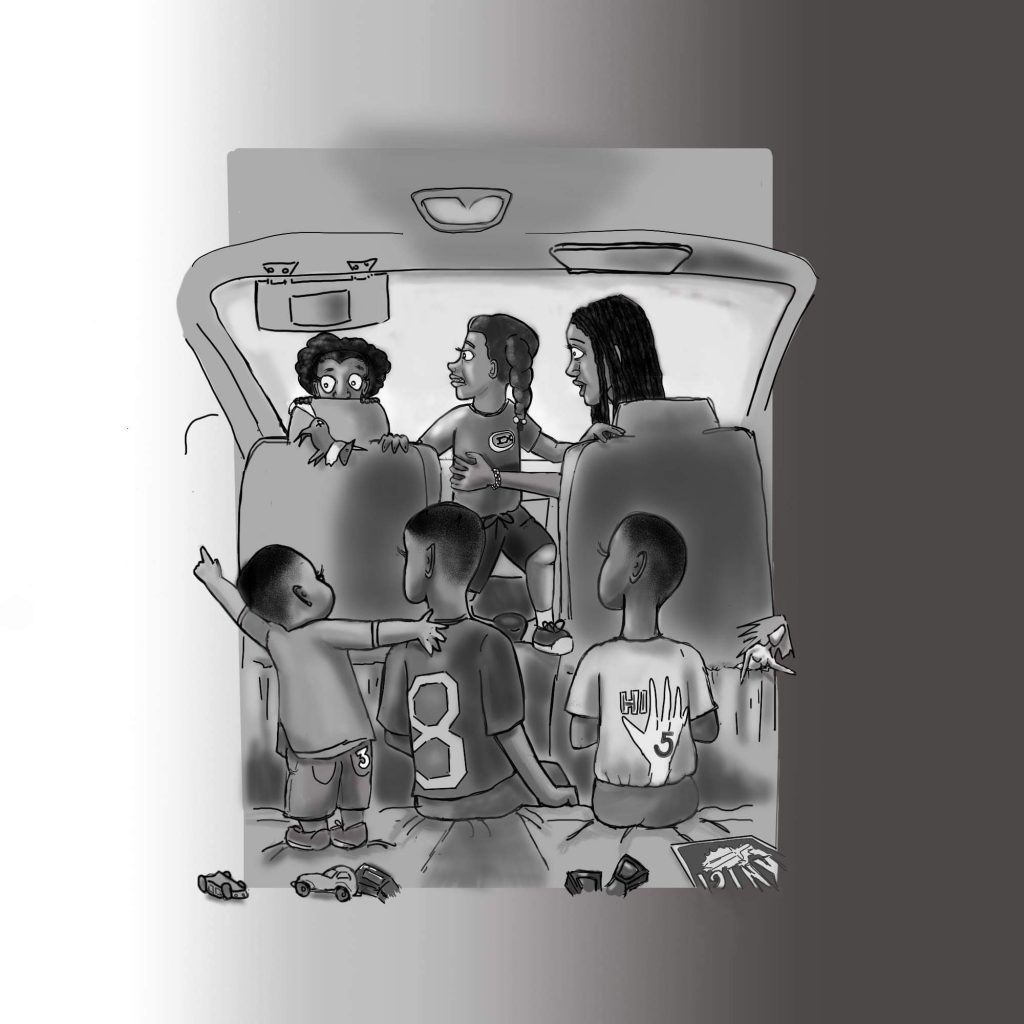
On August 23, 2020, Jacob Blake, a 29-year old father of seven, was paralyzed by multiple gunshot wounds, administered by Kenosha, Wisconsin police. Three of his children were in the car, watching the police violently assault, and almost kill their father. “Freeze” situates Blake’s children (in the foreground) along with three children (pictured here in the front seats), to represent the Black and Brown children who have experiences with police violence that many children in the United States will never see. The three children in the front seat represent the children who also lost their father’s at the hands of police officers. Each of the children in this image is “aged” with numbers (e.g. the three-year old has a “3” on the right back pocket of his pants, the 14 year old in the passenger seat wears a beaded bracelet with 14 beads pictured), to represent the long range exposure to violence that children from Black and Brown communities are subject to everyday. If Black and Brown children see their parents, members of their neighborhoods, and larger Black and Brown communities (through media coverage) being brutalized and murdered – with no subsequent justice meted out to the police that commit these crimes, how do those treatments inform Black and Brown children about their place in their worlds? What does this violence committed against Black and Brown skin leave with them, as they grow into adult men and women? “Freeze” attempts to capture the moment when shots are fired – the children, mid-play, freeze to witness the potentially fatal violence their parent falls victim to – outside of anyone’s control…except that of law enforcement: those with the mandate to murder.
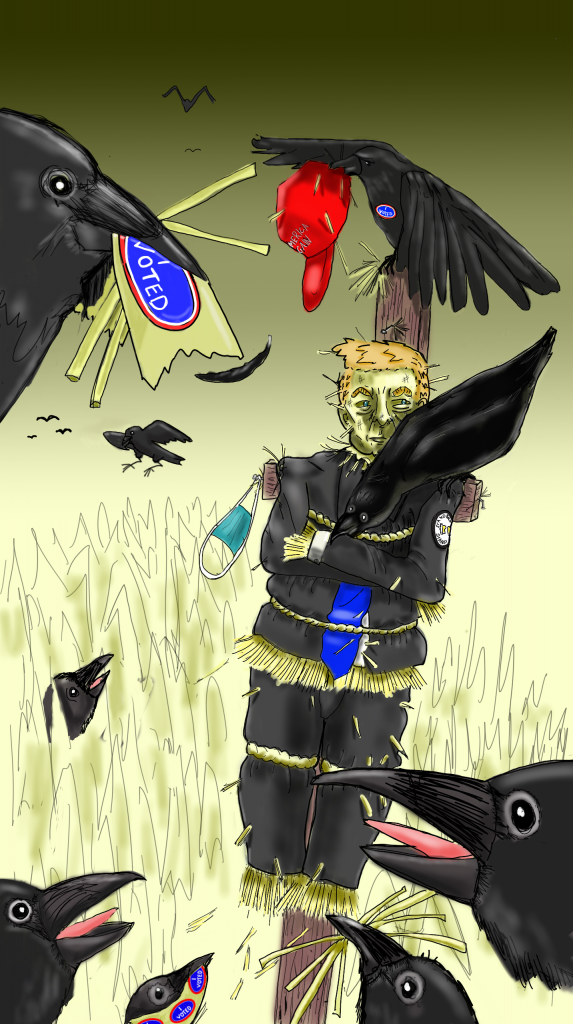
President Donald Trump spent a significant part of the election year disparaging the United States Postal Service to sow doubt about mail-in ballots. At the same time, he proliferated (erroneously) ideas that voting itself, in person or not, was suspicious, corrupted, and an unreliable determinant of the People’s Will. Not Scared Crows captures the emptiness of his character and the overwhelming turnout of young and old voters alike, not afraid of his predictions – and despite the risks presented by Covid19 in the election year.
Hopemaker’s March 2020 is a revision of the Spirit of ’76 (https://photovault.com/427365), and inspired by the ongoing protests of young people that resulted from the police murder of George Floyd in the Summer of 2020. With Covid19 laying siege on the world, young people continued to be responsible with masking wearing here in the United States, at the same time that they stood for their rights to congregate, to stand up, to raise their voices against extra legal police violence against communities of color across the country.
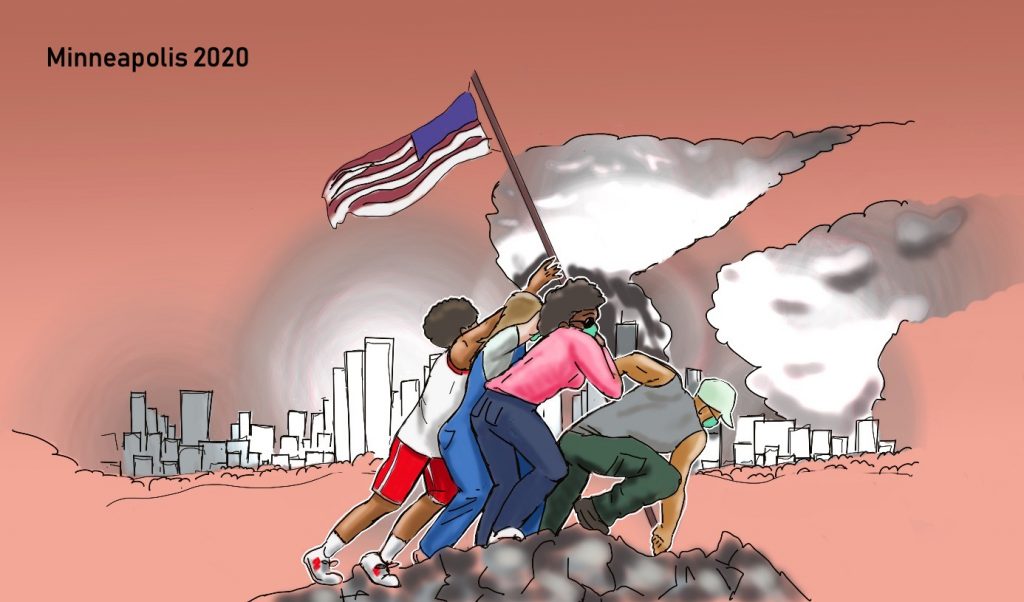
On May 25, 2020, Minneapolis, Minnesota police reported to a call about a counterfeit bill passed at a gas station by George Floyd. Officer Derek Chauvin and others responded and proceeded, over the next hours, to participate in the slow murder of Floyd, who cried from the pavement that he “could not breathe.” Officers did not relent, and Floyd suffocated to death in the parking lot of the gas station. What erupted from the murder was a summer of protests, fueled by state-sanctioned quarantines to protect the public from the spread of Covid-19. Young people took to the streets of cities across the world, in solidarity with Black Lives Matter and the calls from those young people to hold police accountable for the crimes they commit in the name of The State. Minneapolis 2020 references “Raising the Flag on Iwo Jima” (Rosenthal, 1945) and illustrates the power and the hope of young people to hold this republic responsible for its claims to democratic process and governance shared between the public and its lawmakers.
This world is soon to be inherited by those that would see its direction shift. It is the world of young people, whose futures lay wide open. The world belongs to them – it is time to let them take it up and make it all that it can be – and all it promises them.

As the jury selection began for the trial of former Minneapolis, Minnesota police officer, Derek Chauvin, media coverage inundated the sound waves with the pieces of “facts,” arguments, and the all-too-common justifications for the death of an innocent person – George Floyd. “Chauvin Faces the People,” captures the everyday lives of the characters featured here, as they continue to struggle through a pandemic, but also remain attentive to the developments in a trial that will have historic consequences, regardless of the verdict. The world watched in the summer of 2020, as cities erupted in protest across the country, in response to the murder of George Floyd, on the pavement, outside a convenience store. The trial of the officer charged in his murder began on March 29th; if Chauvin is convicted, he will be the first White police officer convicted of murder in the state of Minnesota. “Chauvin Faces the People” also reflects the interconnectedness, even if difficult to “see” between people affected by George Floyd’s death and the historic failure of the criminal justice system to hold its own agents to account for the crimes they commit, against the people they are bound to serve. The trauma of Floyd’s death, and that ongoing injustice of a corroded force of law enforcement lingers for so many, in different, but connected ways – some of that trauma permeates…while some of it is bound by walls between us.
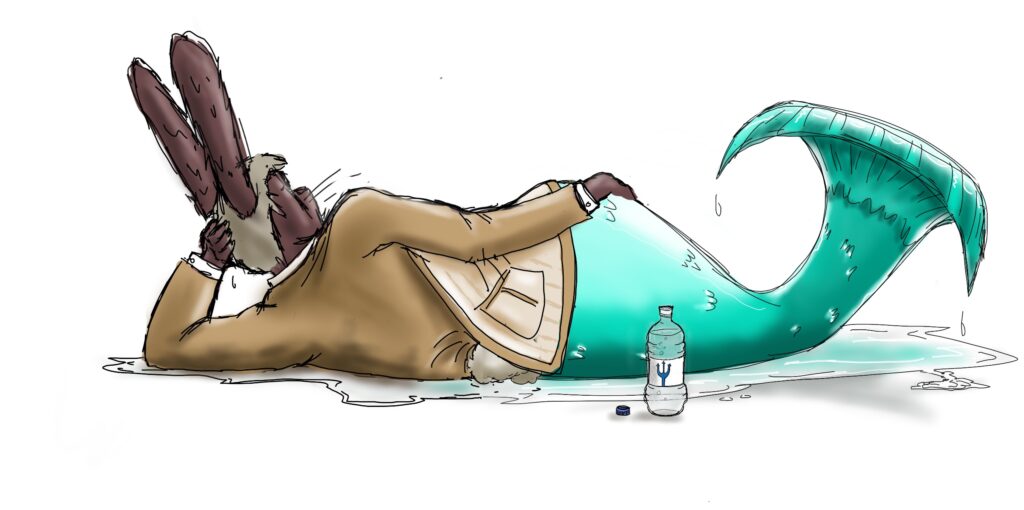
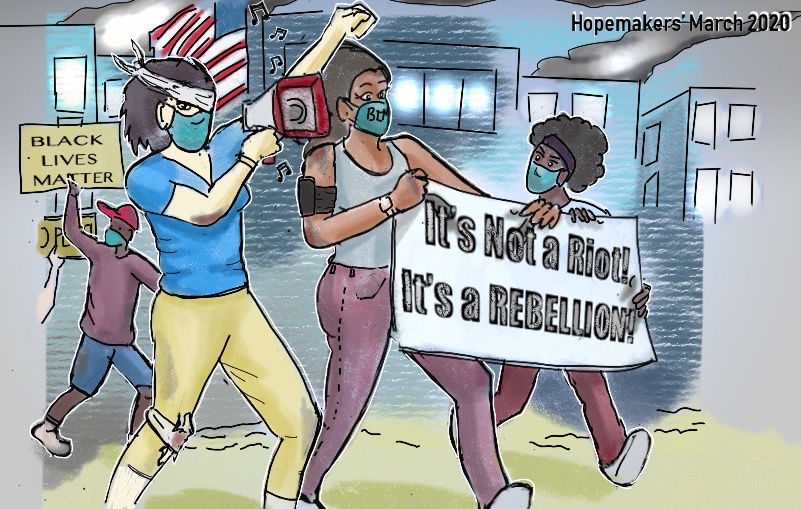
Leave a Reply